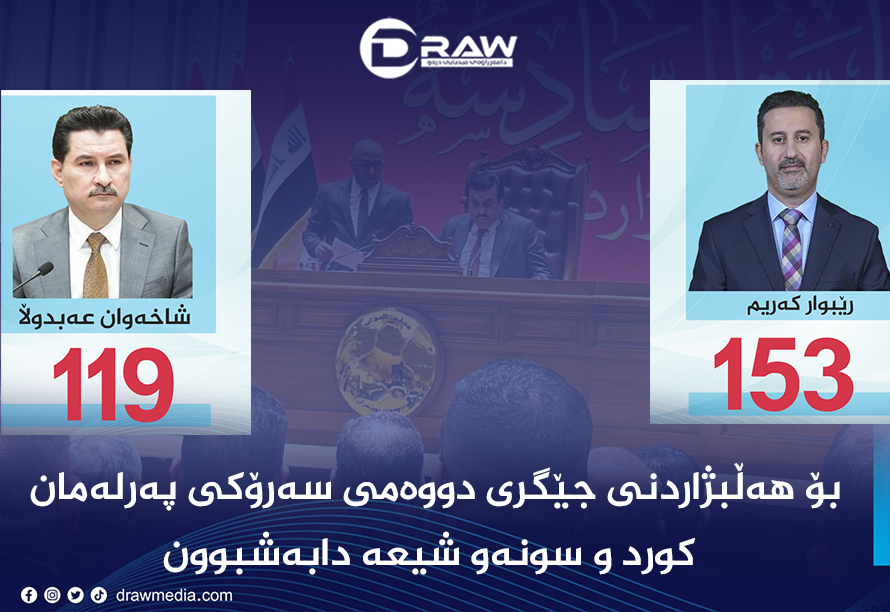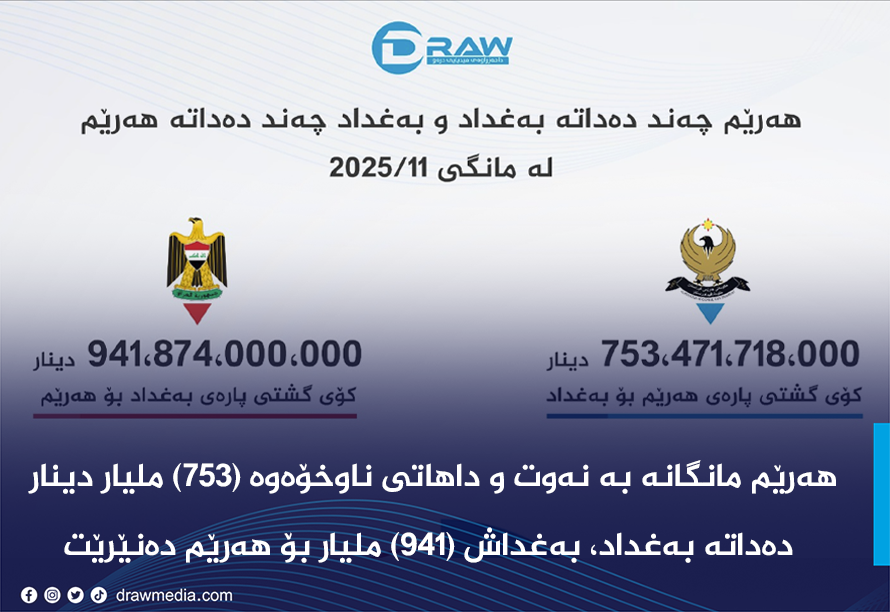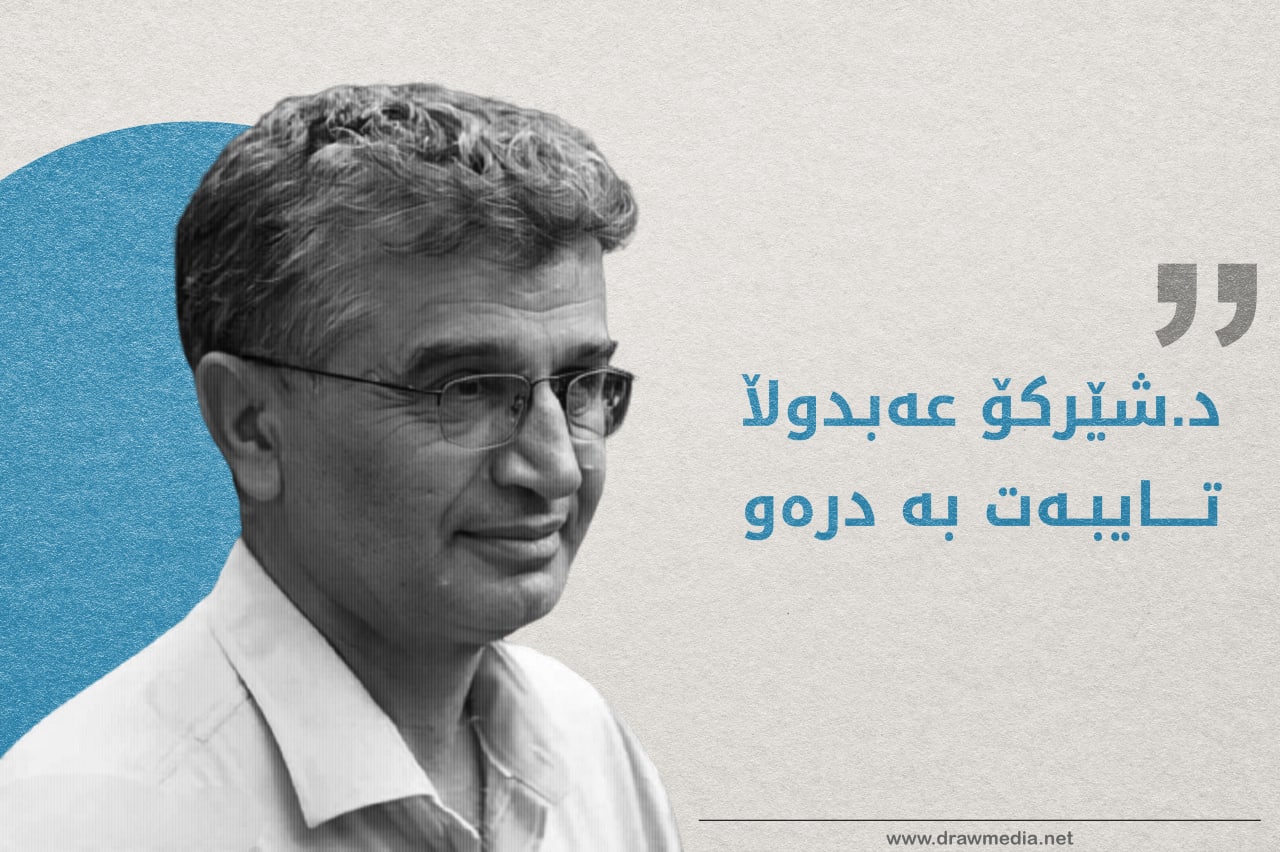10 Reasons for the Decline in the Dollar Exchange Rate Against the Iraqi Dinar
.jpg)
2025-07-28 21:57:08
By: Manar Obeidi – Economic Expert
Recently, the exchange rate of the US dollar against the Iraqi dinar has witnessed a significant decline. This drop can be traced back to a combination of economic factors and governmental measures, each with varying degrees of impact, but collectively contributing to the strengthening of the dinar. The most notable of these factors are:
-
Economic Stability and Restoration of Public Confidence
The uncertainty in Iraq’s market due to economic stagnation led to a loss of confidence among individuals and institutions in spending. This negatively impacted overall demand, especially for the dollar as a tool for trade, causing a decline in its demand. -
Reduction in Government Spending and Investment
The government's focus on reducing operational expenses over capital investments has contributed to slowing down economic activity. Since public spending is a major driver of economic activities, its reduction has led to decreased general demand, including the demand for dollars. -
Tightening Border Controls
Government actions to curb smuggling and regulate trade relations with the Kurdistan Region have helped limit the illegal outflow of dollars through the black market, reducing unregulated demand. -
Shift of Traders to the Formal Banking System
Many traders have moved to the formal banking system and now rely on official exchange rates via approved platforms. This has shrunk the size of trade in the black market, thereby reducing pressure on the dollar. -
Decline in Re-export Activities
The slowdown in re-exporting goods to neighboring countries has led to reduced demand for imported goods. Consequently, this reduced the need for dollars used in acquiring assets for such trade. -
Payment in Oil Instead of Cash to Foreign Companies
The government has compensated some foreign companies with crude oil and naphtha instead of cash. This reduced the volume of dollars that the Central Bank needs to sell, lowering their market presence and exchange pressure. -
Preparation for the Election Process
As the election season starts, campaign expenses have increased. Since much of this spending is converted from dollars, the process creates a need to exchange large amounts of dollars for dinars, which increases dinar demand and reduces dollar value. -
Increase in Number of Foreign Visitors
The rise in the number of foreigners entering Iraq has injected a significant amount of foreign currency into local markets. This became an alternative source of dollar liquidity outside the central bank’s sales, contributing to dollar surplus. -
Cessation of Illicit Trade Due to Border Closure with Syria
The closure of border crossings with Syria has led to a decrease in smuggling and illicit trade, which largely relied on black market dollars. This directly reduced illegal dollar demand. -
Withdrawal of Excess Cash from the Market
The Central Bank of Iraq has pulled back part of the cash dinar in circulation. This created a relative increase in demand for the dinar against the dollar, helping to elevate its value and stabilize the exchange rate in parallel markets.
These are the primary factors contributing to the decline in the exchange rate of the dollar against the Iraqi dinar. The question remains: to what extent does each factor influence the official exchange rate? It’s possible that other, less visible factors may also play a role. In my opinion, categorizing these causes by their level of influence could help in evaluating their specific impact on the exchange rate in both official and parallel markets.







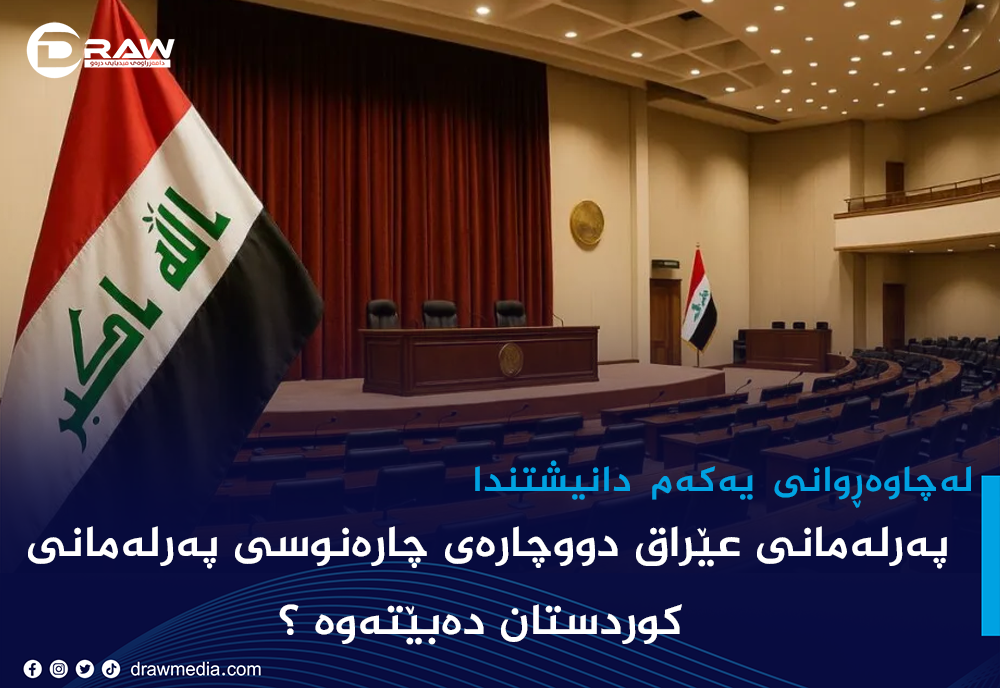


.png)
.png)
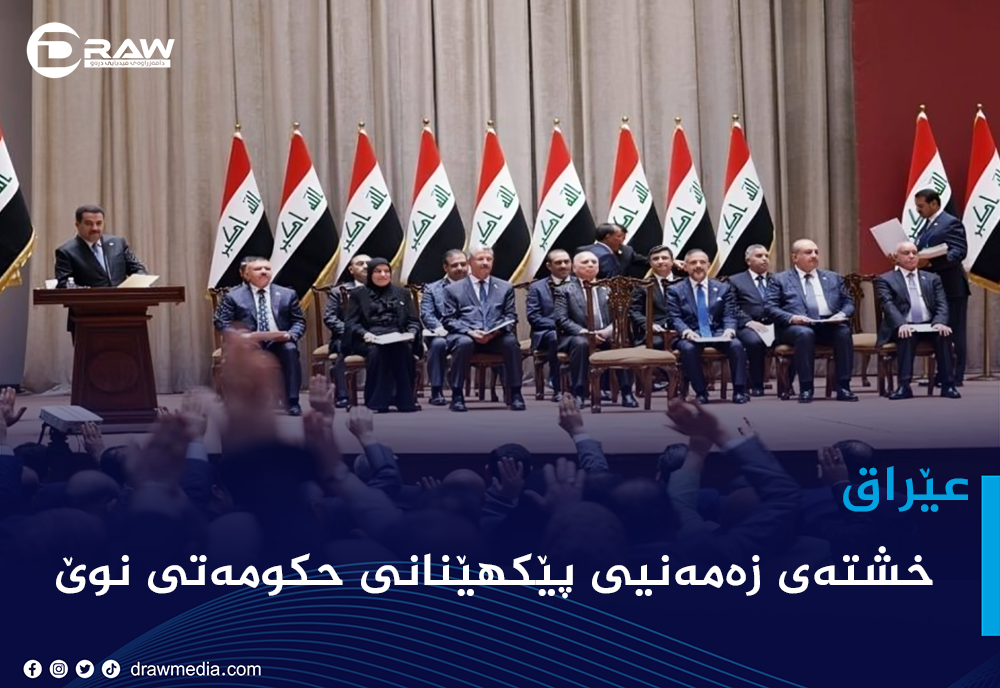


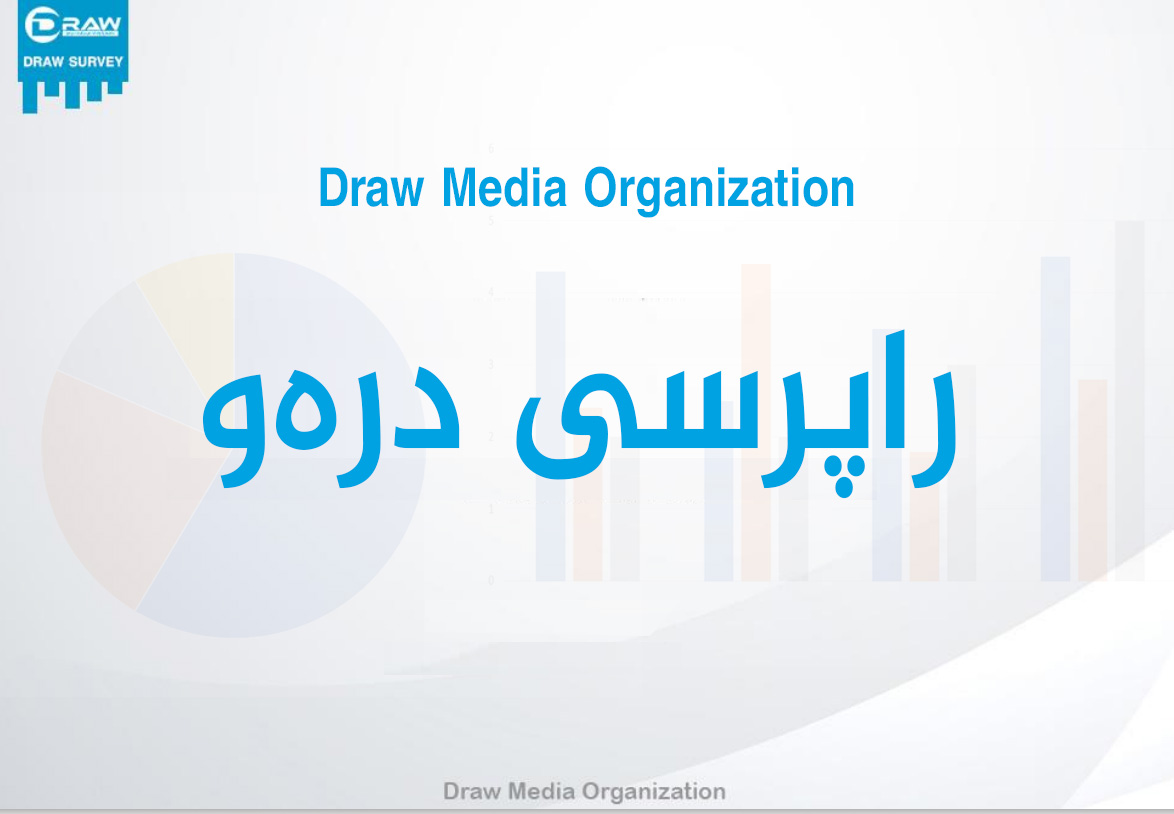


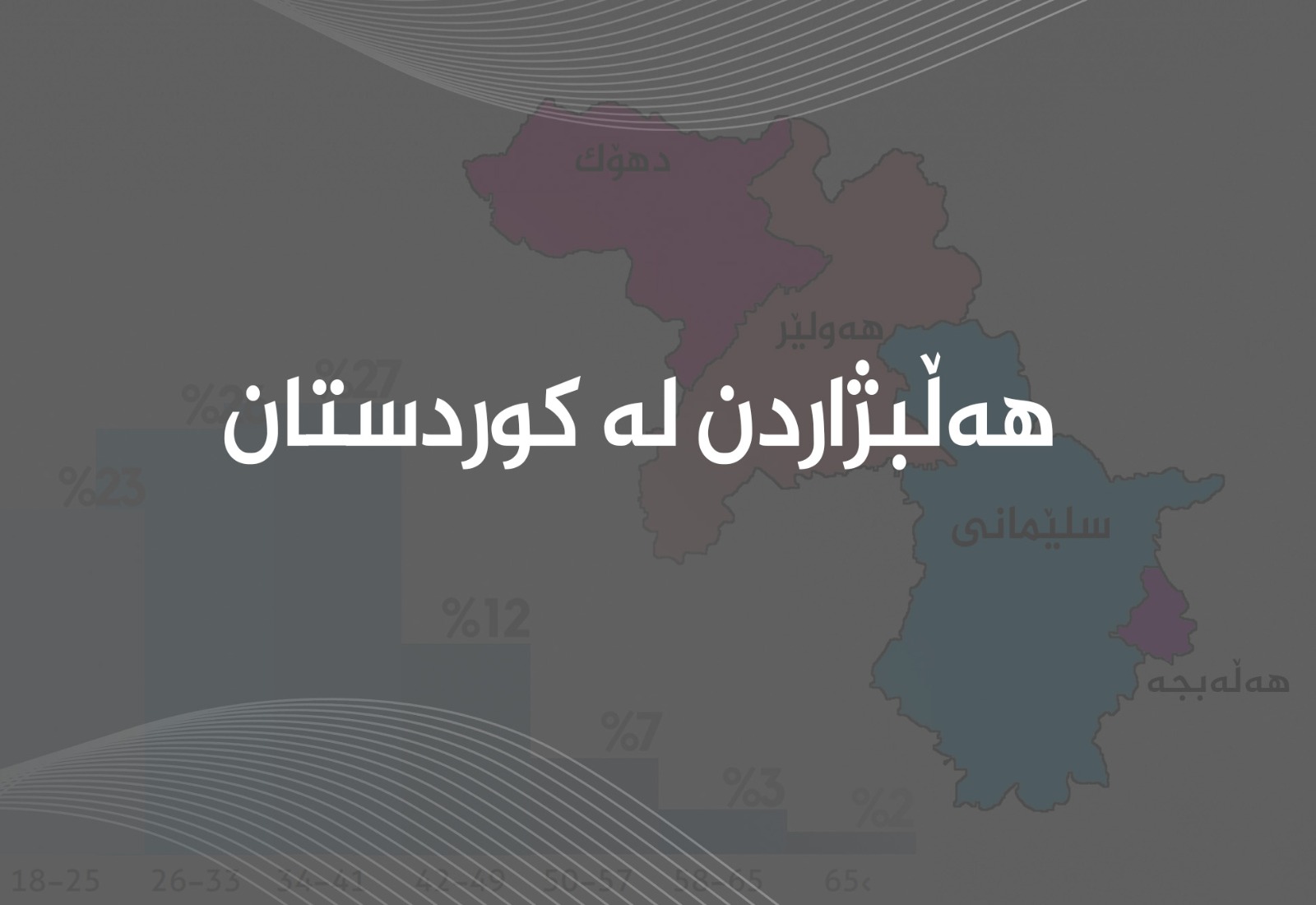

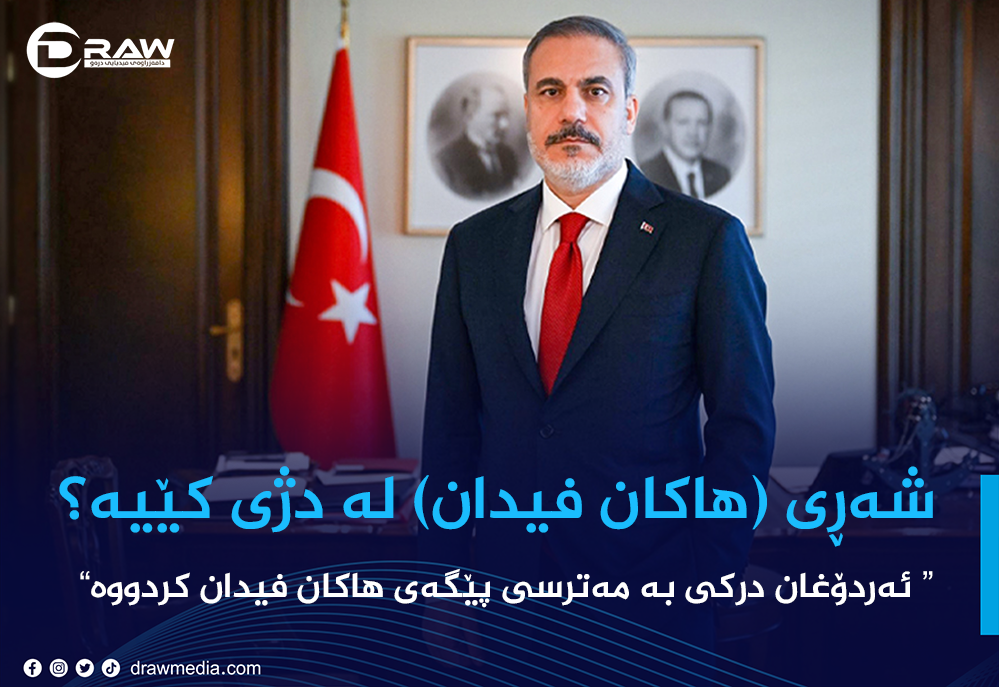
.png)

